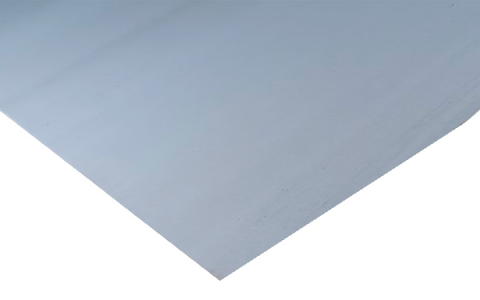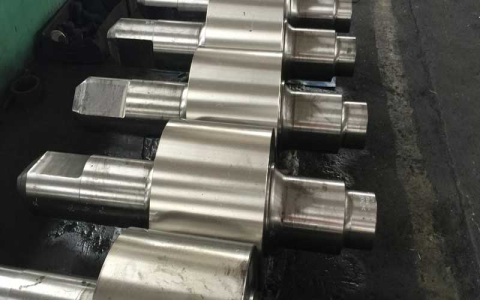Alright, now let’s talk about galvanized steel, you know that kind of steel they dip in hot stuff to keep it from rustin’ up. Some folks might be wonderin’, just how hot can this steel get before it starts actin’ funny or loses that protective coat? Well, let me break it down real plain for you, so even if you ain’t an engineer, you can still understand it.
What Exactly is Galvanized Steel?
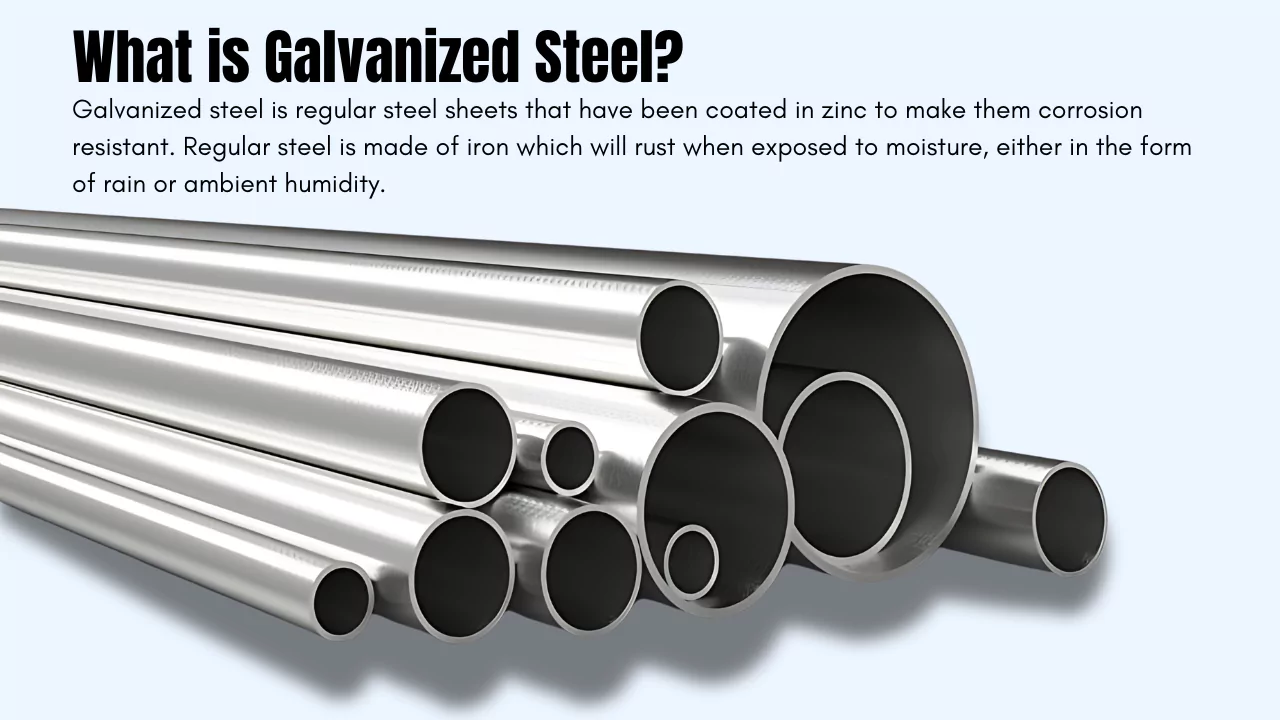

Now, galvanized steel ain’t nothin’ but regular ol’ steel with a layer of zinc on top. They call it “hot-dip galvanizing,” which is a fancy way of sayin’ they dip the steel in some hot liquid zinc. This zinc coat makes the steel last longer and keeps it from rustin’ all over the place. You see, rust can be a real problem, especially if you got steel outside in the rain or snow, but with galvanized steel, you’re givin’ it some extra years.
How Hot is Hot, Anyway?
When it comes to how hot galvanized steel can get, we’re talkin’ temperatures up to around 200°C (or 392°F) before the zinc coating starts to act up. That means for everyday stuff, you’re in the clear, ’cause most folks ain’t needin’ their steel that hot. But if things go over 200°C, that zinc coat might start breakin’ down, and that means less protection.
Now, zinc itself melts around 419°C (or 786°F), so if you’re thinkin’ about throwin’ some galvanized steel in a fire or usin’ it where things get super hot, be warned – the zinc could just burn off. And that’s not all – when it burns, it can release fumes that ain’t too good to breathe, so safety first!
Uses Where Temperature Matters
- Outdoor Building Frames: Works fine in rain, snow, and most outdoor temperatures. No problem here!
- Chimney or High Heat Areas: Not the best choice. Heat could burn off the zinc, so you’d want somethin’ else that can take the heat, like plain ol’ steel or even aluminum.
- Machinery and Parts: For things that don’t get too hot, galvanized steel holds up just fine. It’s strong, durable, and rust-free.
Why Not Just Use Plain Steel?
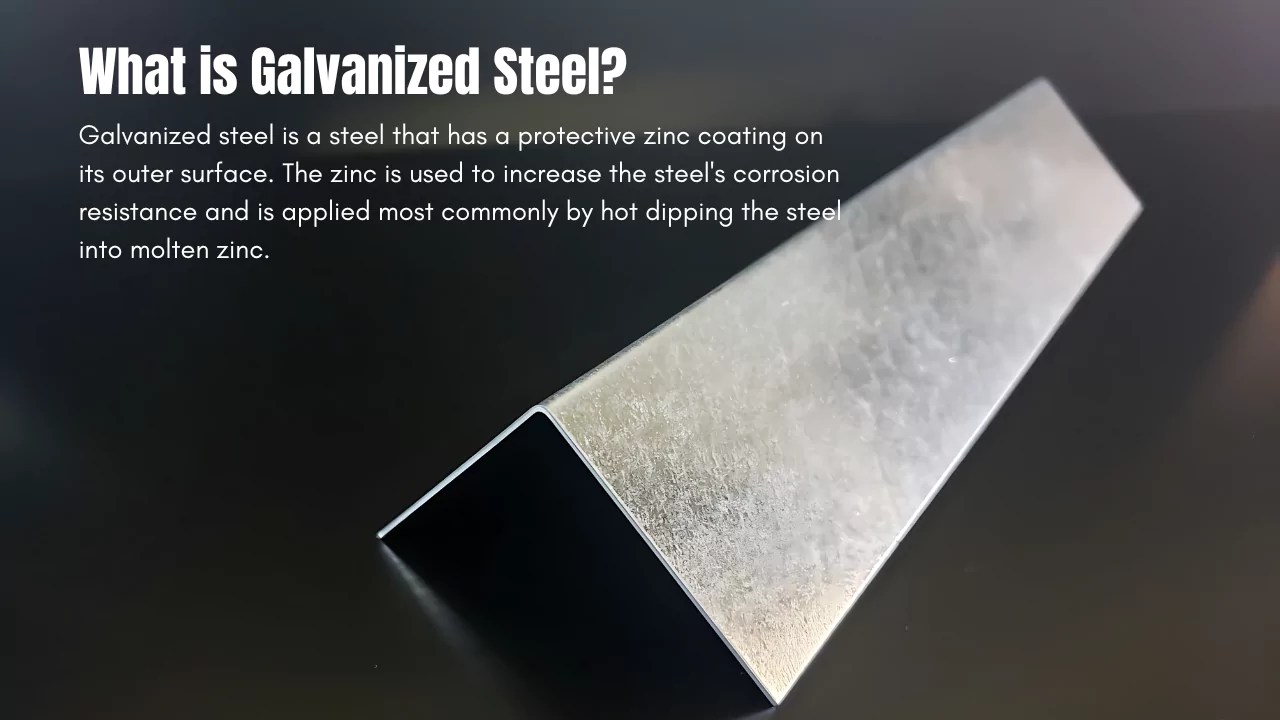

Plain steel without the zinc coating will rust a lot faster, especially if you got it out where it rains or snows. But if you’re usin’ it somewhere that gets hot, like a furnace or stove, then plain steel might be better. Why? ‘Cause then you don’t gotta worry about breathin’ in any fumes if it gets too hot.
Galvanized Steel in the Real World
Most people use galvanized steel for things like fences, roofs, or even some pipes. In these cases, temperatures don’t get near high enough to worry about the zinc coat burnin’ off. The biggest concern is if you’re thinkin’ about usin’ it somewhere real hot, like for a fire pit or BBQ. There, you’re gonna want somethin’ like stainless steel or another metal without that zinc coat.
So, What’s the Safe Temperature Range?
If you keep the temperature under 200°C (392°F), you’re in the safe zone. That’s good for most buildin’ and home projects. The zinc coat will stay put, and you won’t have any trouble with rust. But once things start heatin’ up, that coat’s gonna start breakin’ down. And at around 419°C (786°F), that zinc will start to melt. Above that? Say goodbye to your zinc, and be careful of fumes!
A Few Final Thoughts on Galvanized Steel
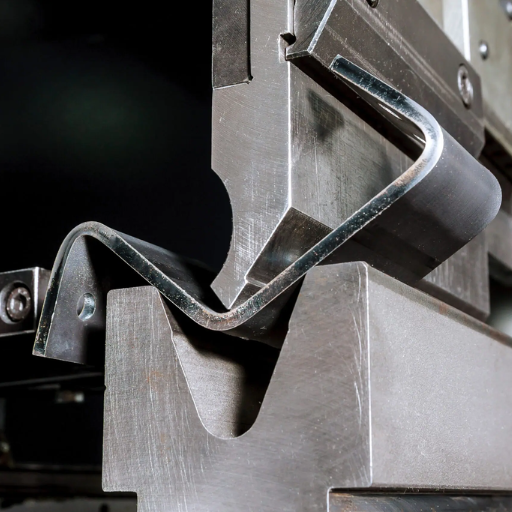

So, if you’re thinkin’ about usin’ galvanized steel, it’s best for regular ol’ outdoor stuff. It ain’t made for the super-hot jobs, like cookin’ or high-heat machinery. Stick to temperatures that don’t go past that 200°C mark, and you’re golden. For anything hotter, look at other metals like stainless steel, aluminum, or plain steel – they can handle the heat a whole lot better.
Now, go on and use that galvanized steel smartly. Keep it out of the flames and high heat, and it’ll last ya a good long while, no rust and no fuss!
Tags:[Galvanized Steel, Heat Tolerance, Zinc Coating, High Temperatures, Safety]


